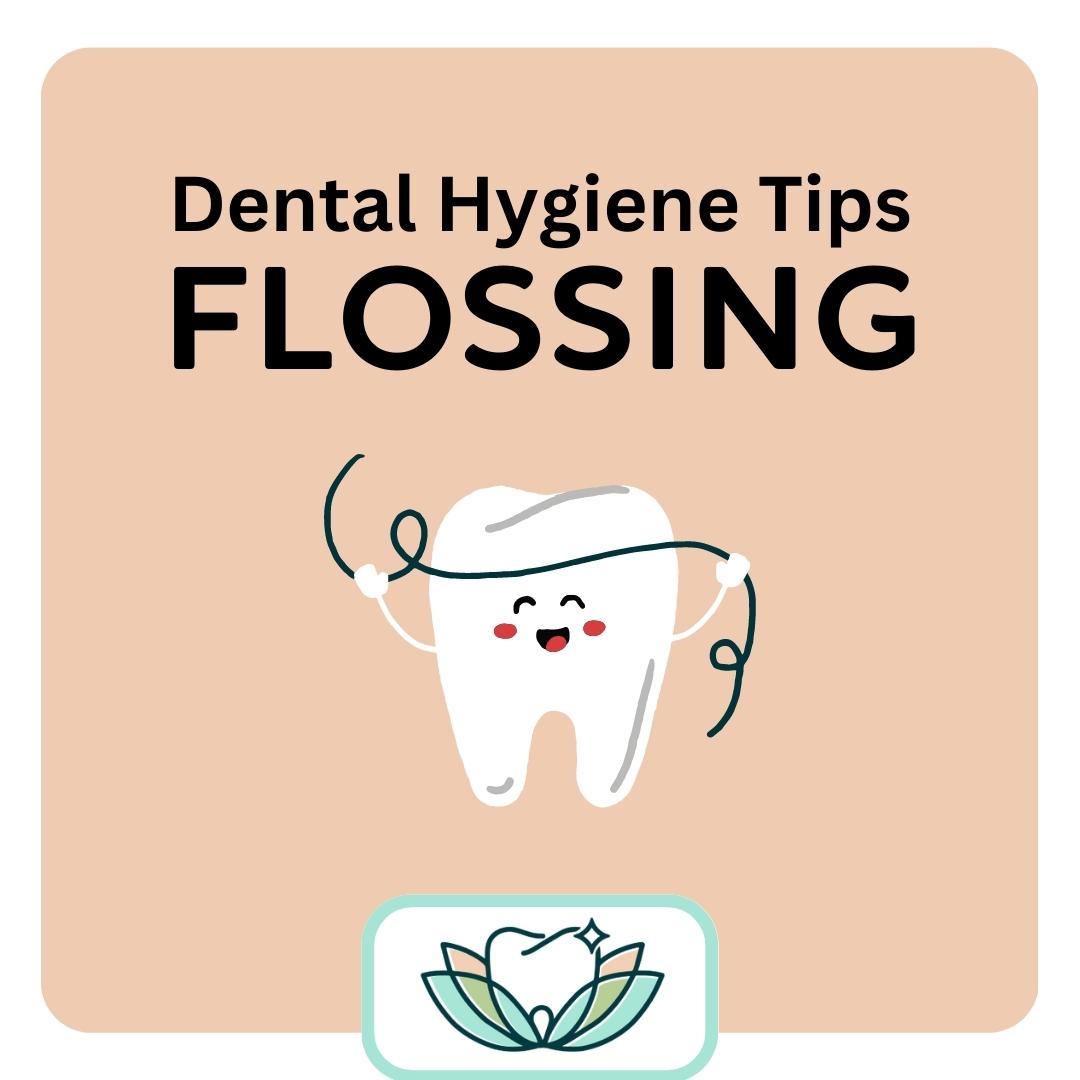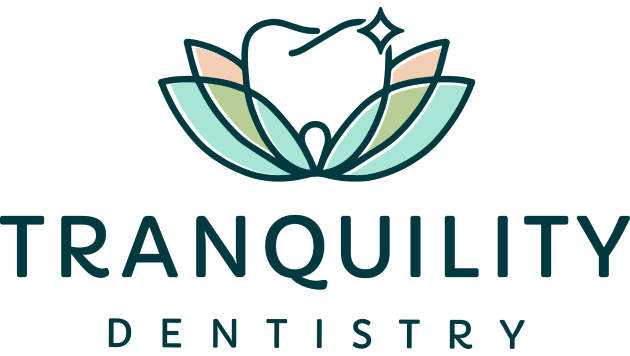
Flossing
Most responsible adults brush their teeth twice a day and have good brushing habits, but research shows that flossing is a lot less common. What most people don’t realise is that flossing is equally as important as brushing your teeth.
Flossing even once a day helps to reach areas of your teeth that brushing cannot get to, helping to remove debris and plaque from nearly half the surface area of your teeth. That’s right – a toothbrush can only access a little over half of your teeth. All of those nooks and crannies between your teeth can only be reached by flossing. We’ve all had food trapped in the spaces between our teeth. Leaving trapped food between teeth can not only be painful, but it creates a haven for bacteria growing plaque.
What does flossing do?
Flossing helps to remove plaque and food particles along the gum line and between your teeth that a toothbrush cannot reach. Flossing also aids in removing bad breath-causing bacteria.
Benefits to your gums
The build up of bacteria and plaque between your teeth can be irritating to your gums. If this is left untreated, gums can start to suffer from oral health conditions like gingivitis (gums bleed easily and become red, puffy and sore) or periodontitis (loss of bone support around teeth).
Benefits to your teeth
Tooth decay can happen when the bacteria that is naturally in your mouth consumes sugar. When these bacteria consume sugary foods or drinks, they produce acid which dissolves enamel (the hard exterior of teeth). When the hard exterior isn’t there to protect teeth, bacteria move inwards and start eating away the inside of your teeth, forming cavities. Flossing helps to remove the build up of bacteria from between your teeth, preventing damage to your tooth enamel. Flossing has the added bonus of keeping your teeth looking clean and bright!
Risk prevention
Harmful bacteria in your mouth can pose a risk to your overall health. It is rare, but if left untreated bacteria can enter the bloodstream through diseased gums, travelling to other parts of your body and can increase the risk of diabetes, respiratory illness and heart disease. As flossing can help to prevent gingivitis and periodontitis, you are helping to maintain your overall health by looking after your smile.
Flossing technique
Flossing can be done quickly and without pain.
Here’s some simple tips for flossing at home:
-Take about 20cm of floss and wind it around your middle fingers, leaving a few cm’s in the middle.
– Hold the floss tightly and slide it gently up in between the spaces between your teeth, using your index fingers to guide it through.
– Curve the floss around the gumline of each tooth, moving gently and dislodging any plaque or food debris,
– Always be gentle, never force or snap floss between your teeth as this can damage your gums.
If you’re feeling unsure or would simply like some help perfecting your flossing technique, ask us for a demonstration at your next appointment.
The Importance of Flossing
Post a Comment
You must be logged in to post a comment.
